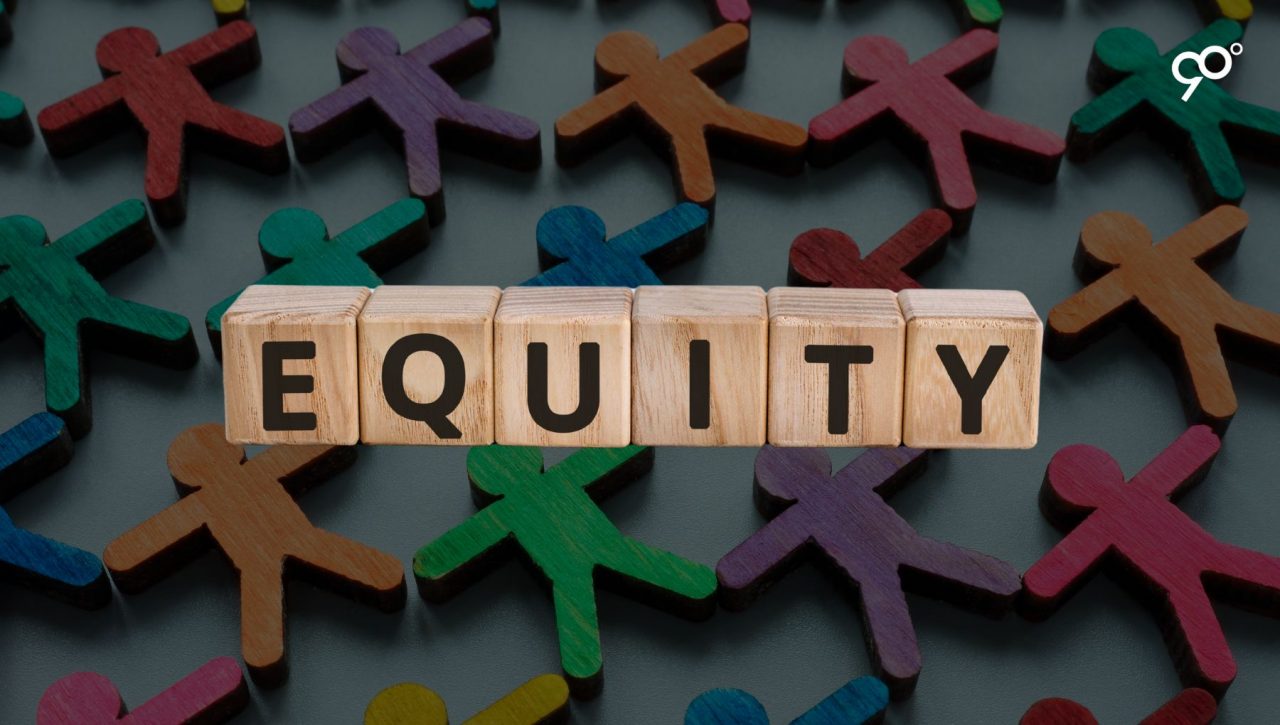
Equity is more than an idea — it’s a practice that must be integrated into every level of an organization. As companies across industries work to address historical imbalances and foster inclusive environments, setting and achieving diversity goals has become a central strategy. Turning those goals into results, however, requires more than good intentions. It takes structured planning, consistent execution, and a culture that values accountability.
Defining the Why Behind Diversity Goals
Diversity, equity, and inclusion (DEI) are not just social imperatives — they are business essentials. Research consistently shows that diverse teams drive better decision-making, foster innovation, and outperform homogeneous ones. Moreover, employees, customers, and investors increasingly expect organizations to reflect the diverse societies they serve. Setting diversity goals helps companies track progress and ensure that DEI efforts are more than symbolic.
Establishing Meaningful Goals
Effective diversity goals are specific, measurable, and tied to broader organizational priorities. Rather than setting vague intentions, companies should define clear targets. This might include increasing the representation of historically underrepresented groups in leadership roles, improving gender equity in technical teams, or ensuring inclusive hiring practices across departments.
Goals should be based on internal data and external benchmarks, and they must be realistic but ambitious. For example, a company might commit to growing the percentage of women in management by 10% over three years or doubling the number of Black and Latinx employees in senior positions within five years.
Embedding Equity in Everyday Practices
To achieve diversity goals, equity must be embedded into every stage of the employee experience — from recruitment and onboarding to development and promotion. That means designing systems that reduce bias, standardize decision-making, and expand access to opportunities.
Recruiting processes should focus on widening talent pipelines, partnering with diverse institutions, and using structured interviews to minimize bias. Internally, training programs, mentorship opportunities, and sponsorship initiatives can help underrepresented employees grow into leadership roles. Transparency in promotions, pay equity audits, and clear advancement criteria are also key tools for building fair systems.
Building an Inclusive Culture
Meeting diversity goals is not just about changing the numbers — it’s about transforming the culture. Employees must feel included, respected, and empowered to contribute fully. Creating a culture of inclusion requires ongoing education, strong leadership, and systems for feedback and accountability.
Employee resource groups (ERGs), inclusive leadership training, and regular employee engagement surveys help build and measure belonging. Leaders at all levels should be held accountable for fostering inclusive teams and modeling equitable behavior.
Measuring Progress and Maintaining Accountability
Accountability is essential. Regular tracking of diversity metrics, public reporting, and leadership evaluations tied to DEI outcomes keep goals on track. Dashboards and data analysis tools can help organizations monitor representation, retention, and advancement by demographic group.
Most importantly, progress should be communicated transparently — both internally and externally. Acknowledging successes and setbacks alike builds credibility and reinforces the organization’s long-term commitment to equity.
Equity in action means taking measurable, intentional steps toward building a diverse and inclusive workplace. It requires a clear vision, sustained effort, and the willingness to examine and evolve internal systems. By setting specific goals, embedding equitable practices, and maintaining accountability, organizations can move beyond conversation and into real, transformative change.
Follow Ninety Degrees PR Solutions on LinkedIn for more public relations and communication related articles.

